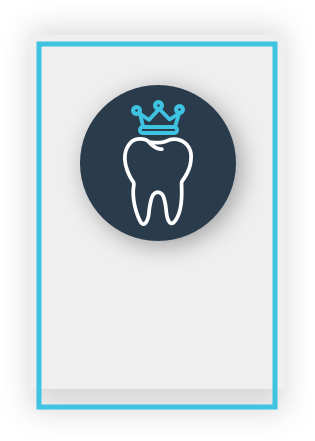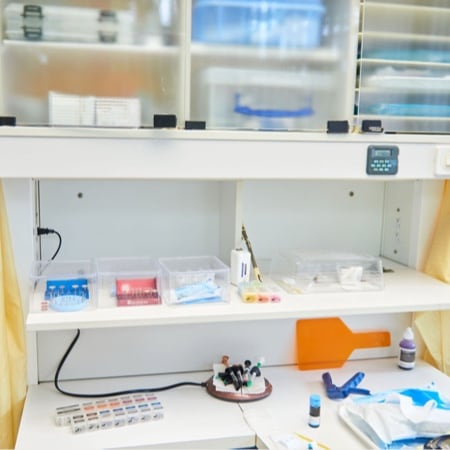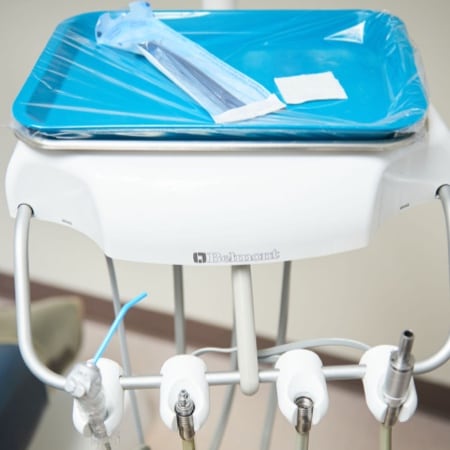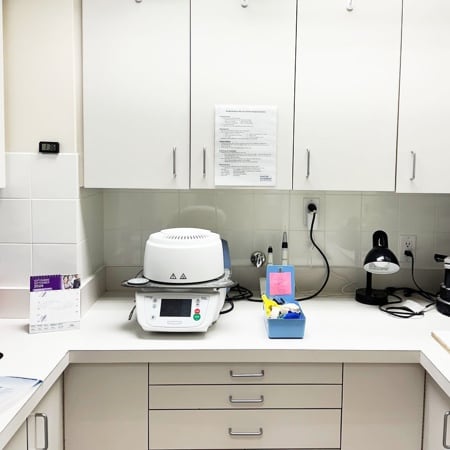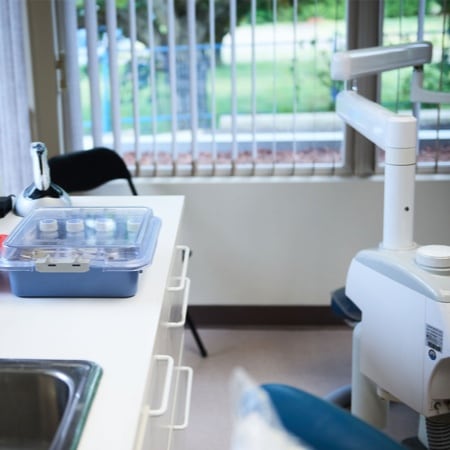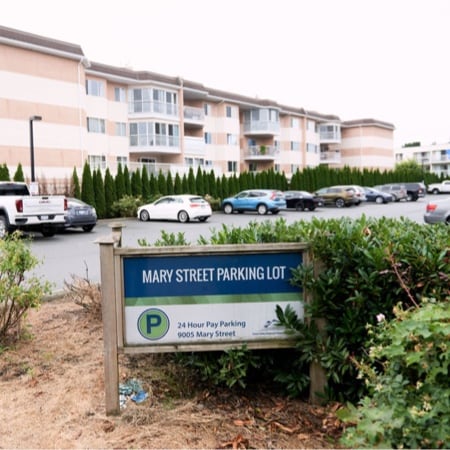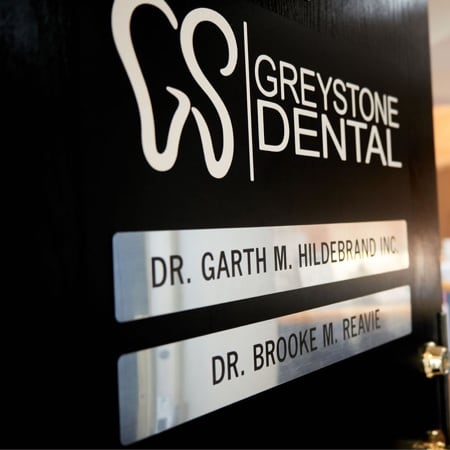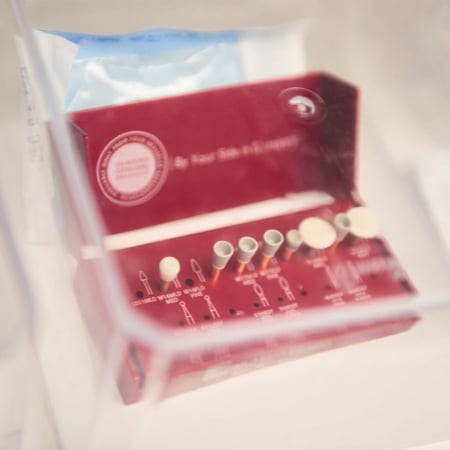Losing teeth can affect more than just your appearance—it can impact your ability to chew comfortably, speak clearly, and maintain confidence in your smile. While it might seem like a minor inconvenience, even a single missing tooth can change your bite, jawbone health, and overall oral function over time.
The good news is that missing teeth can be replaced, and modern dentistry offers several reliable, natural-looking options. Whether you’re dealing with recent tooth loss or have lived with a gap for years, understanding your replacement options can help you regain comfort and restore your smile.
From services like dental implants to cosmetic dentistry options like dental bridges, your dentist can help you fill the gap and make you feel more confident in your smile than ever before.
Why Replace Missing Teeth?
It’s tempting to ignore missing teeth, especially if they’re not in highly visible spots. But your teeth work together as a unit, and when one is lost, it can have a ripple effect across your entire mouth.
Here’s what can happen when teeth are left unreplaced:
- Shifting teeth: Neighbouring teeth may drift into the gap, leading to alignment problems.
- Bite changes: Tooth loss can alter how your upper and lower teeth meet, causing uneven pressure when you chew.
- Jawbone loss: Without tooth roots to stimulate the jawbone, the bone in that area can deteriorate over time.
- Increased wear and tear: Remaining teeth may experience more strain, especially if they’re compensating for missing support.
- Speech issues: Missing front teeth, in particular, can impact your ability to pronounce certain words clearly.
- Loss of confidence: Many people feel self-conscious about gaps in their smile, which can affect social interactions and self-esteem.
Replacing the missing teeth helps restore balance, protect your oral health, and bring back your confidence.
What Are My Options for Replacing Teeth?
Your dentist will assess your mouth and recommend an option based on your needs, health, and preferences. In general, there are three main ways to replace missing teeth:
Dental Implants
A dental implant is considered the gold standard for tooth replacement. It consists of a small titanium post surgically placed into your jawbone, acting as an artificial tooth root. Once healed, it’s topped with a custom crown that blends in with your natural teeth.
Benefits of implants include:
- Long-lasting and durable
- Helps preserve jawbone density
- Feels and functions like natural teeth
- No impact on surrounding teeth
Implants are ideal for people with good oral and general health and sufficient jawbone to support the implant. Your dentist may use X-rays or 3D imaging to determine if this is the right option for you.
Dental Bridges
A dental bridge literally “bridges” the gap created by one or more missing teeth. It typically consists of a false tooth (or teeth) anchored in place by crowns on the adjacent teeth.
Advantages of bridges:
- Fixed in place: no removal required
- Restores function and appearance
- Usually quicker than implant placement
- A good option when implants aren’t possible
However, a bridge requires reshaping the healthy teeth on either side of the gap, which may not be ideal in every case. Your dentist will evaluate whether a bridge is a good fit based on your dental history.
Dentures
Dentures are removable appliances that replace missing teeth. They come in partial and full versions, depending on how many teeth need replacement. Partial dentures fill in for a few missing teeth and are supported by nearby natural teeth or clasps. Full dentures replace all teeth in the upper or lower jaw and rest on the gums.
Pros of dentures:
- Noninvasive
- More affordable than implants or bridges
- Can be made relatively quickly
- Suitable for those with significant tooth loss
Modern dentures are more comfortable and natural-looking than ever before, though they do require regular maintenance and may need occasional adjustments.
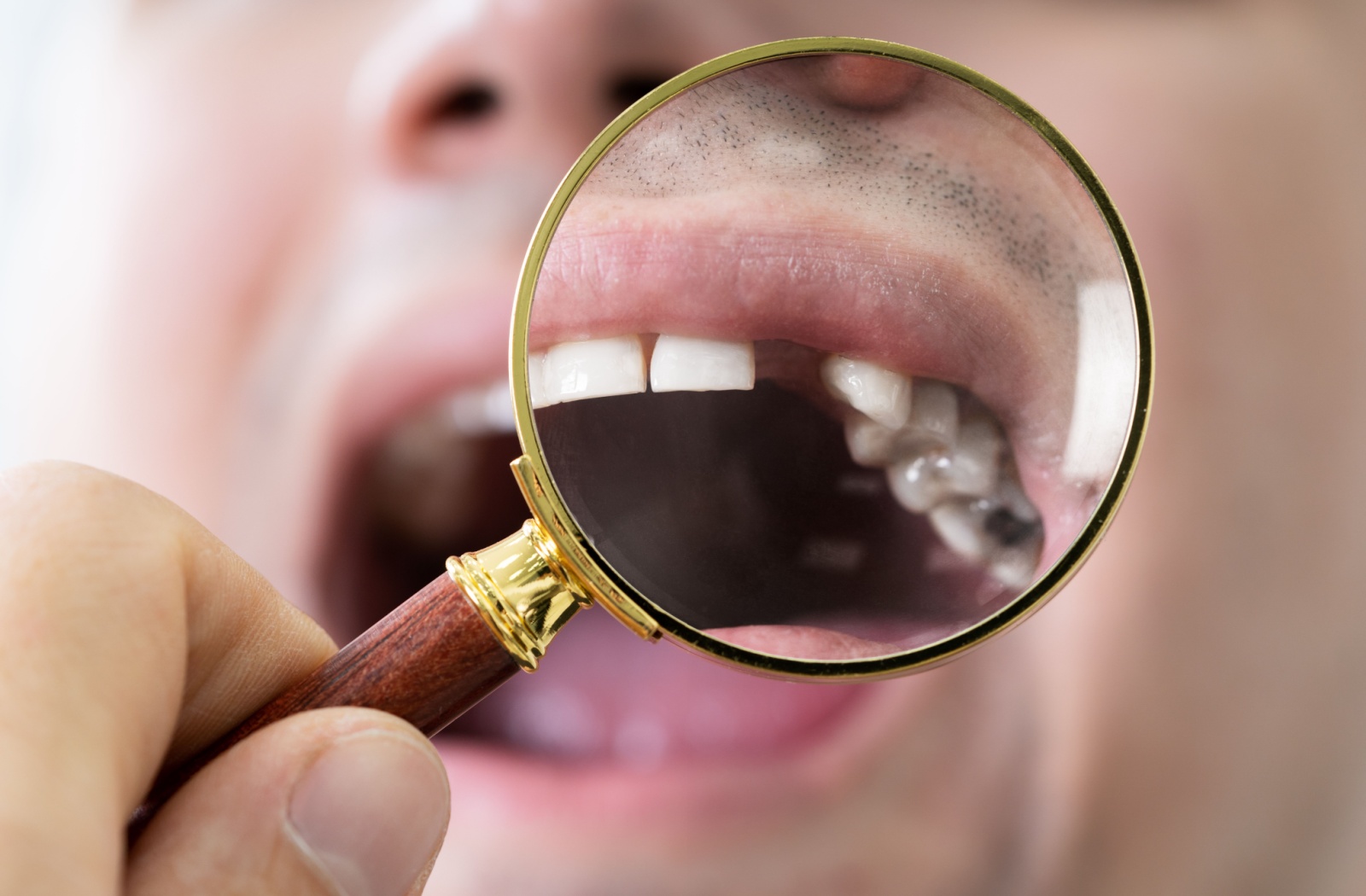
Which Option Is Best for Me?
The right option depends on your individual needs. When you visit your dentist for a consultation, they’ll consider:
- The number of missing teeth
- The location of the gap(s)
- Your oral and bone health
- Your personal preferences
- Your budget and insurance coverage
In some cases, a combination approach may be recommended. For example, implants may be used to secure a bridge or denture for added stability and comfort.
What Happens If I Delay Treatment?
Leaving gaps in your smile untreated can lead to:
- Further tooth loss due to shifting and misalignment
- Jawbone deterioration, especially in the area of tooth loss
- Difficulty chewing, especially tougher foods
- Ongoing bite problems and jaw discomfort
- Changes in facial structure or premature aging around the mouth
The longer you wait, the more complicated the treatment may become. Early intervention makes restoration smoother and more predictable.
How Soon Can I Get Teeth Replaced?
In many cases, teeth can be replaced relatively soon after they’re lost or extracted. The exact timing depends on your oral health, healing, and the replacement method.
- Dental implants usually require a few months of healing time before the permanent crown is placed.
- Bridges can often be completed within 2–3 appointments.
- Dentures may take a few weeks to design, fit, and adjust, depending on whether teeth need to be extracted first.
Your dentist will guide you through the process and ensure you understand what to expect at every step.
Restore Your Smile with Confidence
Tooth loss doesn’t have to be permanent. With today’s advanced dental technology, replacing missing teeth is more comfortable, natural-looking, and long-lasting than ever before.
At Greystone Dental in Chilliwack, BC, we’re here to help you explore your options and find the right one for your smile. Whether you’re missing one tooth or several, we’ll provide compassionate care and guidance to restore your confidence and oral health.
Book a consultation today and take the first step toward a complete, healthy smile.






